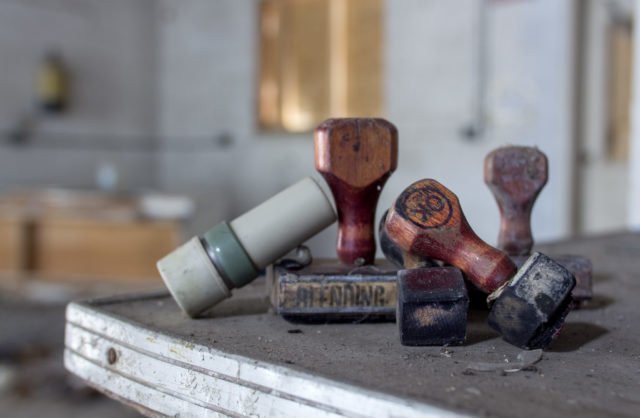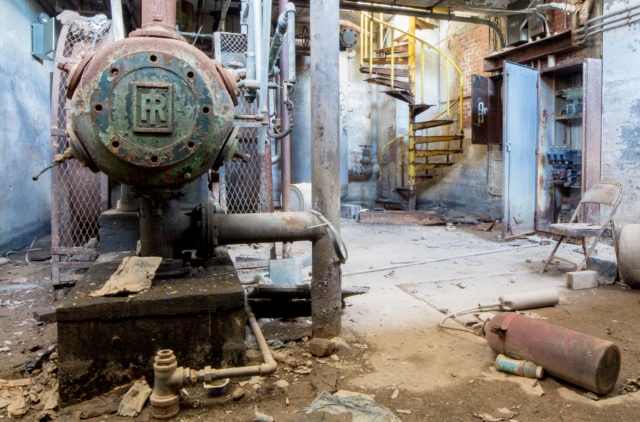German immigrant Karl Turk is considered the father of the porcelain enamel industry since he is the founder of Pemco International Corporation.
Pemco (a shortened version of the original name which was the Porcelain Enamel Manufacturing Corporation) produced porcelain and enamel coatings for tiles and barbeques as well as kitchen and bathroom appliances.
In 1911, he built the Pemco plant in Baltimore on an area totaling 20 acres on East Avenue. Turk invented a method of turning porcelain into a wet medium which could then be applied to iron.
Turk then went on to create colored porcelain coatings. In 1926, the company was applauded at the Gas Association conference for a new line of stoves in different colors.
Allegedly, although the male attendees at the conference were mildly impressed, their wives just swarmed over the display of colorful stoves.
One of Pemco’s most famous customers is the Howard Johnson chain of hotels and restaurants, and it was Pemco that supplied their distinctive orange roof tiles.
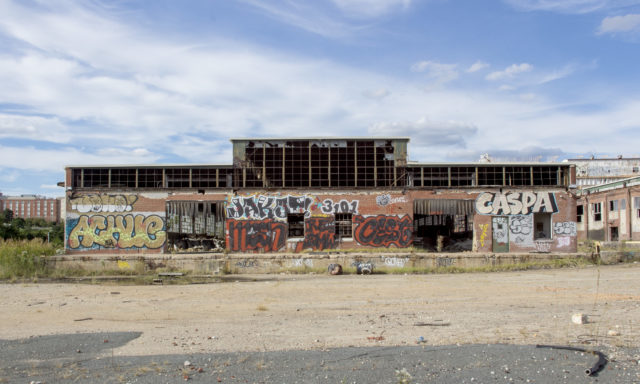
The company continued to grow every year, with its products always being in demand. In 1958, the Baltimore Sun newspaper published an article relating how a battery of eight furnaces had been installed at the plant, enabling the company to smelt porcelain continuously for 24 hours a day.
A helipad was opened on September 17, 1958 – after having been built in the space of just one day at a cost of $3,000. Pemco had the honor of becoming the first company in the city with such an installation.
The rationale behind the construction of the helipad was that Pemco wanted to deliver products and executives to the nearby airport even faster. A helicopter flight to the airport took only eight minutes, whereas fighting through traffic would take 25 minutes.
In 1962, the corporation spent $750,000 opening a research laboratory on East Avenue. It was named after Turk.
When Karl Turk passed away in 1954, the business passed into the hands of his children and grandchildren.
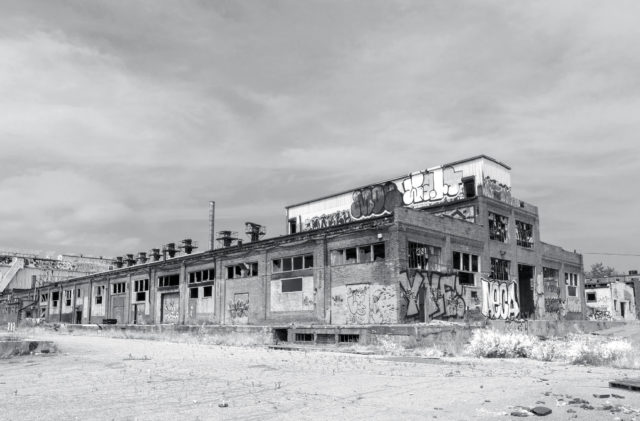
The business continued to be successful. However, the factory was not popular with locals due to the contamination it released.
In 1978, the company was forced to install fluoride emission control devices to try and regulate emissions.
But by 1979, city officials noticed that there was lead pollution as well and demanded that the plant be cleaned.
The year after that, despite their control devices, the owner had to pay a fine of $10,000 for excessive fluoride emissions.
In 2000, the company’s owner bought a plant in Leesburg, Texas. The plan was to move the production site closer to Mexico where numerous industrial customers were based.
This decision was prompted by the fact that the market in North America had dried up as fashion shifted from porcelain to stainless steel. This move was effected in 2006, and the Baltimore plant was closed.
A Baltimore-based developer, MCB Real Estate, acquired the plant in 2014 for $3 million.
The company is currently developing a project called “Yard 56” which would see the site feature retail and office space, residential buildings, and a hotel. However, before breaking ground on this project, the company needed to clean the site of pollution.
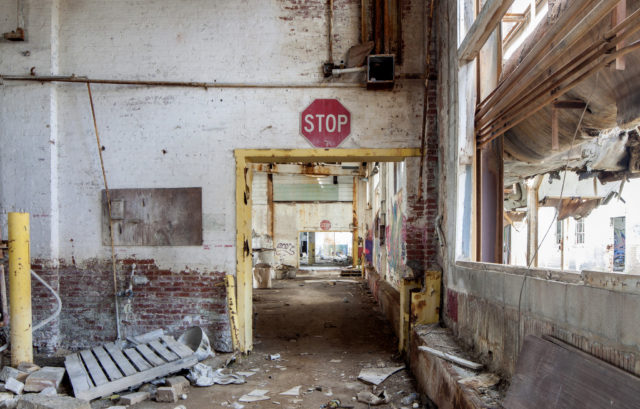
Today, Pemco International Corporation has about 600 employees worldwide. The corporation also has several factories in Argentina, Belgium, Italy, and Spain. That’s an impressive achievement for a company that started out as a simple family business in Baltimore.
These photographs were provided by Robert Baldran. A big thank you to him and his Flickr account; you should definitely check it out to find more amazing photos of abandoned locations. Thanks for reading and enjoy!
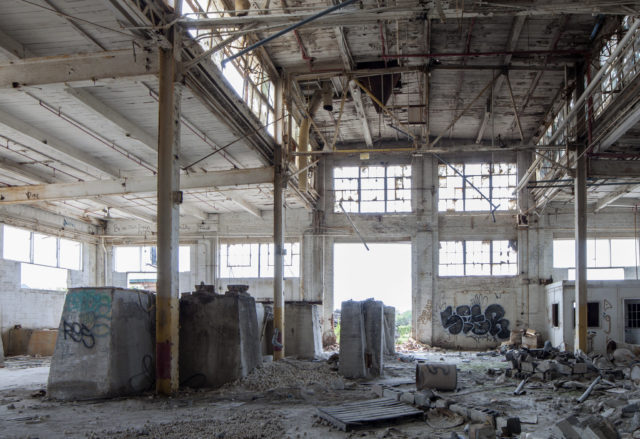
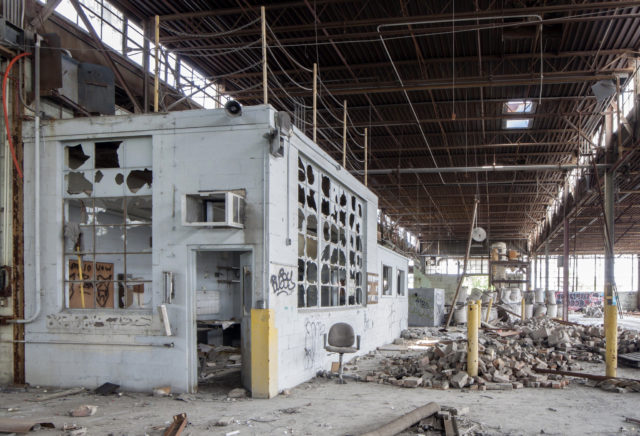
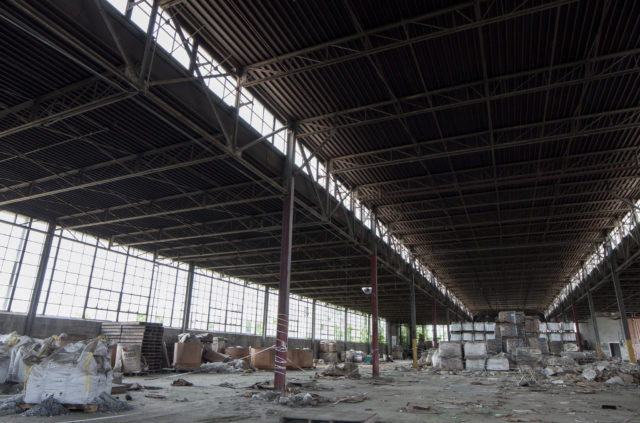
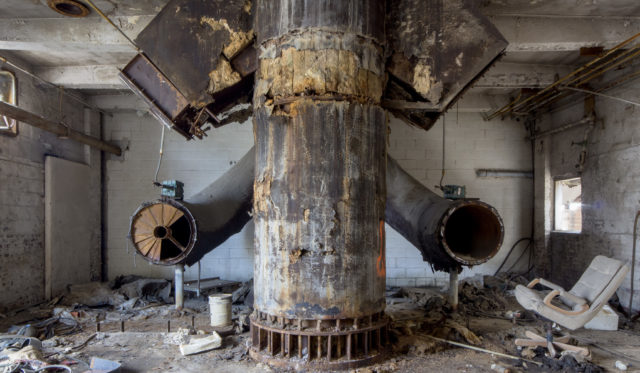
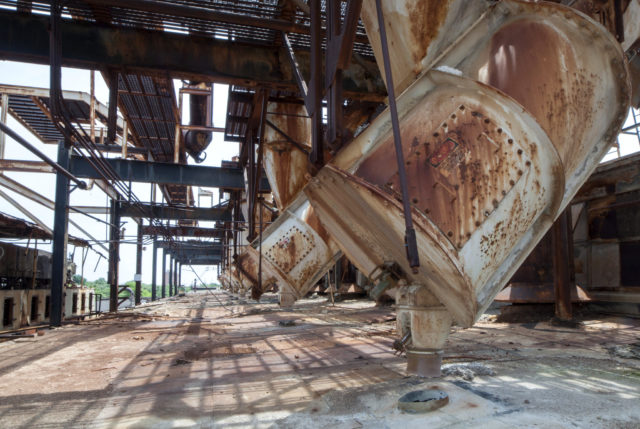
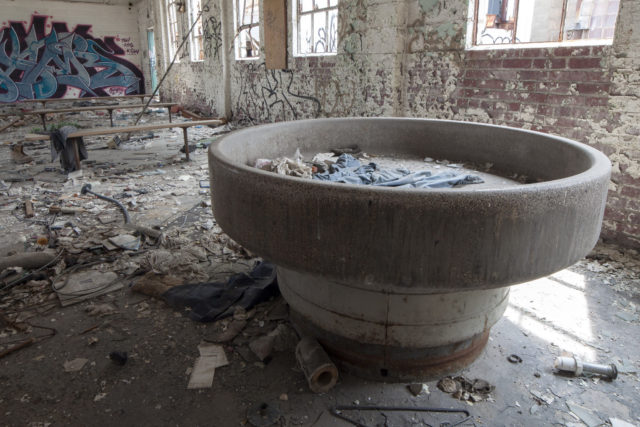
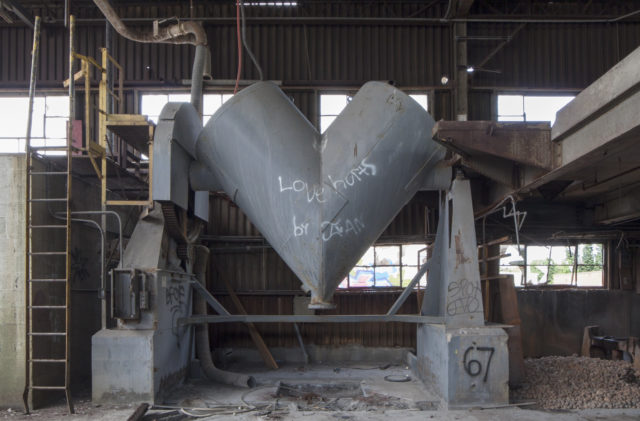
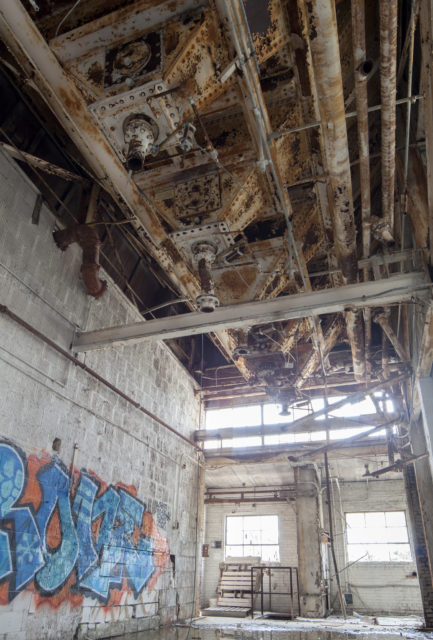
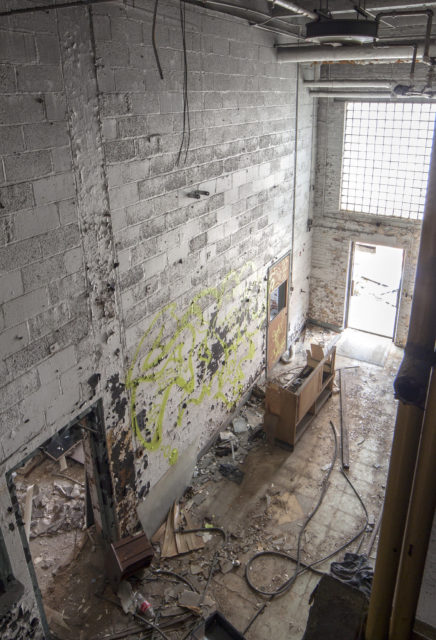
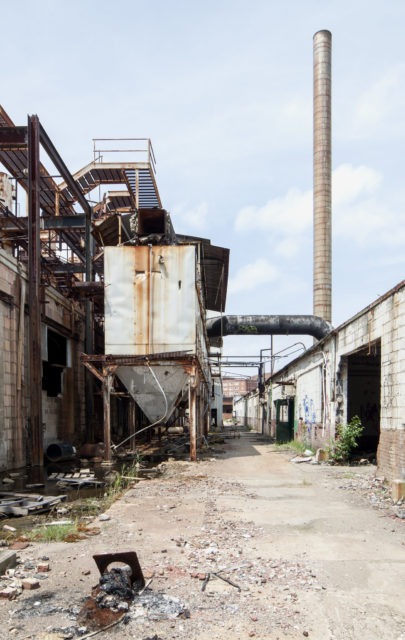
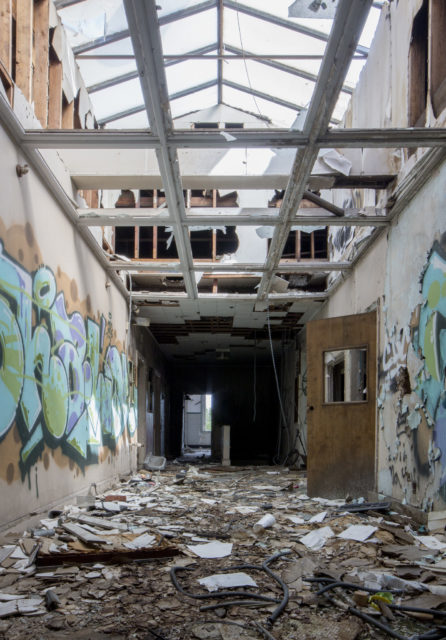
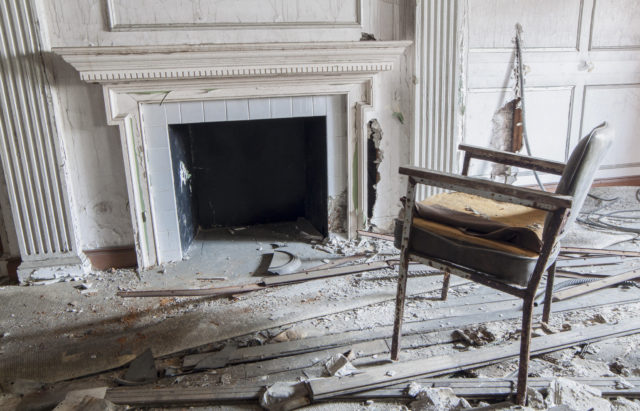
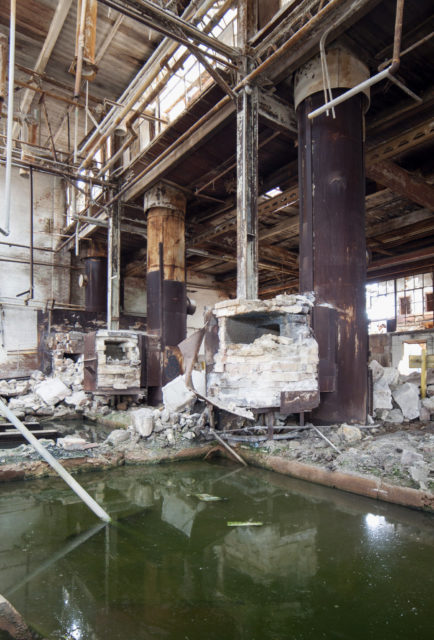
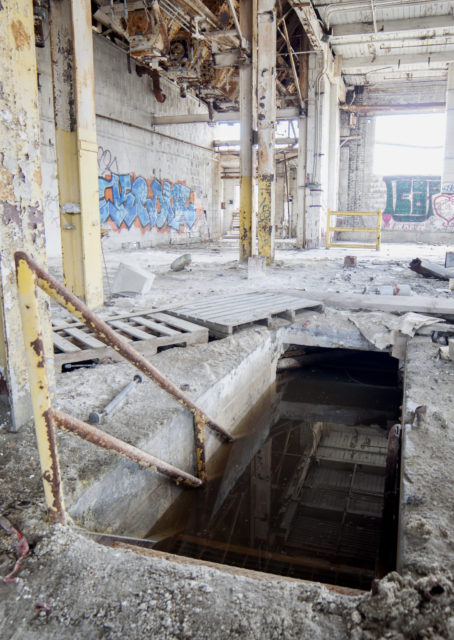
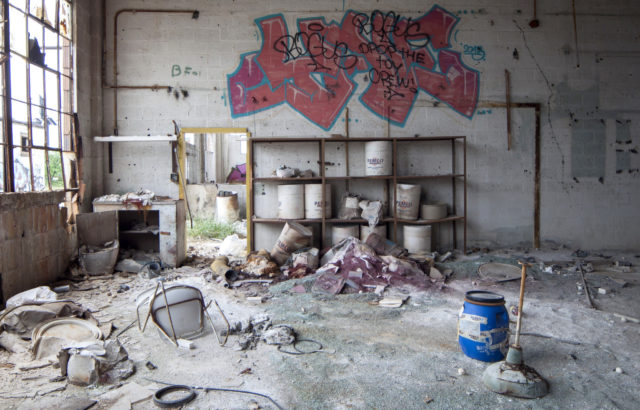
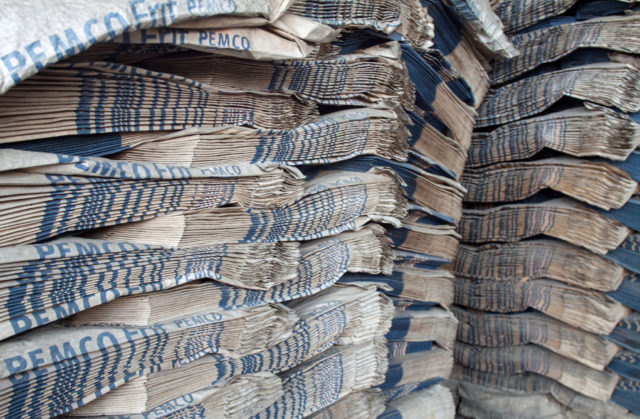
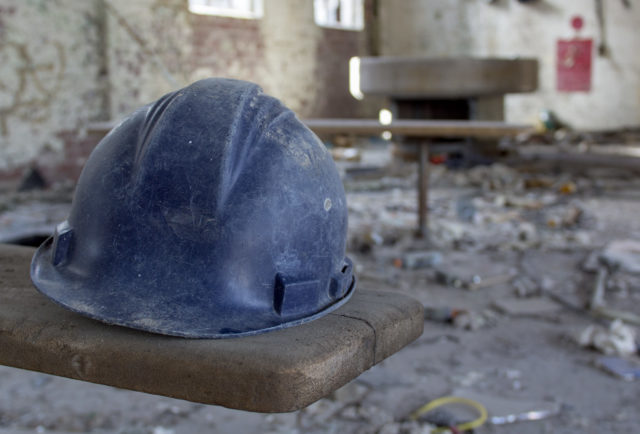
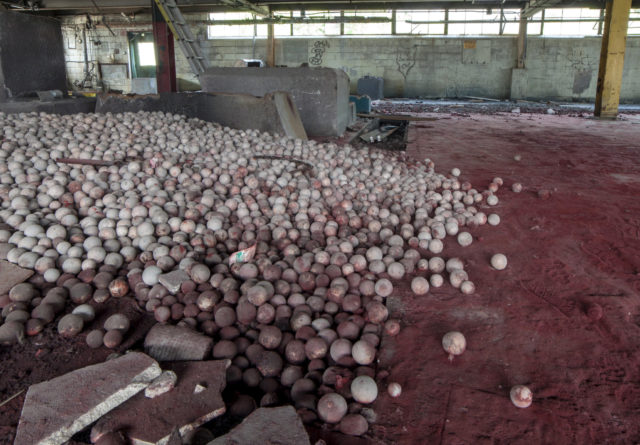
Another Article From Us The Massive Abandoned Asylum
